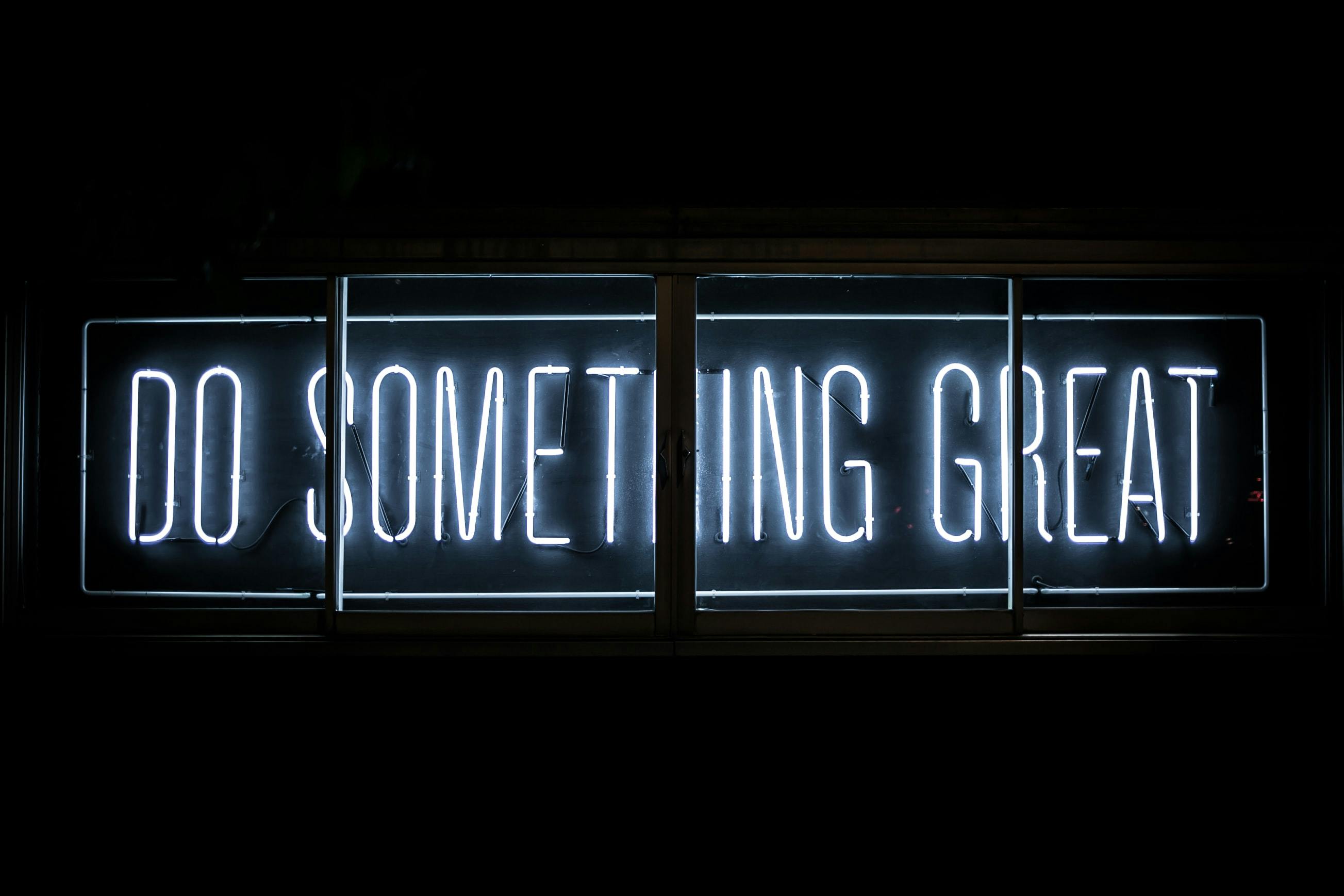First published on Thursday, Jun 04, 2020
Last updated on Thursday, Feb 17, 2022
Do you have a dress code at work? Are you trying to put one into effect but don't know where to start? Don't worry, we're here to help.
What is your dress code in the workplace?
In many workplaces today, a formal dress code is outdated. People are encouraged to wear clothes that make them feel comfortable—in the hope that productivity and results will increase.
But you need to think about your workplace and what effects will come from your staff wearing different outfits.
From t-shirts to the woolly jumper, to that one person who keeps their suit on because that's their idea of workplace attire.
You must be ready for your employees to see what they can get away with, too. Your dress code might be specific, for example, black jeans and a white button-down shirt or a blouse, with jumpers allowed during the winter.
But what happens when that one person wears ripped jeans for the first time?
With a policy in place, you can address cases where people do not meet the dress code.
What is your workplace?
Many retail stores, cafes and bars have relaxed their dress codes over time, often encouraging their staff to show off their tattoos, piercings, vibrant hairstyle and dress choices to make all customers feel welcome.
This is particularly true of brands that try to capture the young adult and student markets—people who are most likely to experiment with their appearance and fashion sense.
Such relaxed dress codes can increase brand loyalty if a customer feels an association with the company.
But, in a retail store—if no one's wearing a uniform, how can a customer find a member of staff without having to go to the payment till?
You could use nametags.
But maybe a uniform would make your staff easier to identify.
If you walk into one of Apple's stores, all staff are wearing a one-colour top, with the white Apple logo. It's so simple.
McDonald's staff wear a head-to-toe-uniform. They are recognisable. Customers know who to talk to if they have a problem.
Your uniform can form part of your marketing campaign if you know that your brand is important to people.
What about office workplaces?
Obviously, not every workplace involves face-to-face dealings with customers. And if a person's sitting at a desk all day using a computer and a phone, is a certain dress code policy necessary?
Some people would argue that this is the perfect place for staff to express themselves. Why not free the tattoos, piercings, and ripped clothes?
Others would disagree and say that a dress code—no matter how formal or casual—brings a sense of belonging to a workplace. If everyone's wearing their "black jeans and orange polo shirt," you can push towards goals with unity and pride.
Here at BrightHR, we encourage staff to wear what makes them feel comfortable. In exchange, everyone has their BrightHR lanyard, with their employee card attached.
We trust our employees to dress in a sensible but at-ease manner so that they can "think brilliant" without feeling uncomfortable midway through the day.
Avoid dress code discrimination
Many businesses that enforce a corporate dress code make the mistake of asking men to wear a suit and tie, but give women the vague order of business dress.
This is problematic. On the one hand, women could argue that they have more margin for error because their dress code is vague.
On the other hand, men could be upset that their dress code is more rigid and gives them less choice.
There's also the need to think of protected characteristics when you make a dress code.
- Disability
- Age
- Gender reassignment
- Marriage and civil partnership
- Pregnancy and maternity
- Race
- Religion and belief
- Sex
- Sexual orientation
You mustn't restrict one gender or sex more than another, but sticking to 'conventional' attire for each sex is fine.
Nor can you discriminate against someone's religion by banning them from wearing an article that lets them express their faith. Unless that is, you have a neutral dress rule that bans any sort of expression, whether religious or political, and you have a good reason for doing so.
In jobs where loose religious clothing or certain headpieces could threaten staff safety, you might be able to justify restrictions on religious clothing.
You should clarify all of this in your dress code policy.
Health & safety
Sometimes you need to be sensible when enforcing a dress code on your staff.
You need to think about hygiene. You need to think about health & safety.
If your business involves manufacturing, food services, hospitality, medical care, or lab work, you want to make sure your staff follow your policy to the letter.
Wear lab coats, gloves, helmets, or other safety equipment.
Tie hair up, perhaps even protect it in a hairnet. No one wants to catch their ponytail inside heavy machinery.
No one wants to somebody to handle raw meat and cooked food with the same gloves.
Dress code in the workplace policy
Your policy's your chance to list your dress code in the workplace examples. Whether that's jeans and a button-down shirt as mentioned earlier, or something more rigid, it's better to be specific than vague.
Be clear about what you will and won't allow.
Is there a "one size fits all"?
There's never one of these, is there?
To add a great dress code to your workplace, do the following:
- Involve the opinions of your staff in assessing the current dress code and if you choose to make a new one.
- Be fair to your employees and consider the impact a change in dress code might have. If you want everyone to buy a new outfit for work, you could offer them a certain amount back as compensation. Requiring employees to wear certain clothes could affect your compliance with the law on national minimum wage.
- Tell your staff when they start working for you about the dress code requirements and communicate all changes whenever you make them.
- Your dress code in the workplace policy should be accessible and easy to read.
- Be practical. Neither a chef nor a lifeguard, for example, would benefit from wearing a suit while at work.
- Consider a balance: people are happy when they can express their personalities, but you might want to make sure you have a brand image that people recognise.
If you need more ideas, why not visit some of your favourite businesses to see what their staff wear. You might find the inspiration you're looking for to create your company's perfect dress code.
Have a question?
Ask away, we’ve got lightning fast answers for UK business owners and employers powered by qualified experts.









